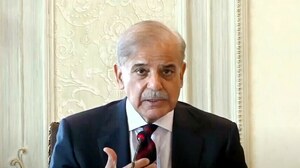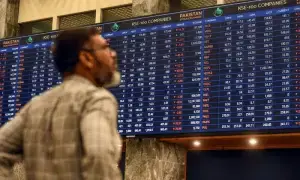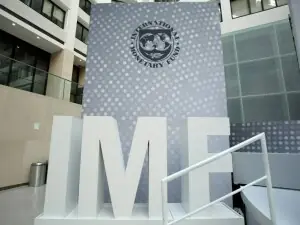China is likely to make the yuan more flexible over time by adopting a currency regime similar to that of Singapore to help deter speculation, a senior government economist said on Wednesday. "Regardless of how much pressure the United States puts on China, we cannot let the yuan float. What we can do is depeg the yuan from the dollar," said Zhu Baoliang, chief economist at the State Information Centre, a top government think-tank.
"I believe the most likely scenario is to adopt a Singapore-style system," he told Reuters. A currency regime like Singapore's might be a good option for China as it would increase the yuan's flexibility while making it harder for investors to bet on future moves, Zhu said.
The Monetary Authority of Singapore, which uses the currency rather than interest rates as its main policy tool, manages the Singapore dollar within a secret trade-weighted band against a basket of currencies. China said it would manage the yuan with reference to a currency basket when it revalued the yuan in July 2005.
But analysts say Beijing in fact adopted a crawling peg against the dollar, permitting it to rise or fall by no more than 0.5 percent a day from a central rate fixed by the central bank. China then in effect repegged the yuan in July 2008 as part of measures to cope with the global downturn.
Expectations that China will let the yuan resume its rise, in one form or another, have grown in tandem with a recent easing in Sino-US tensions over the currency. Markets are speculating that the yuan could be depegged by mid-year. Zhu did not say when a shift to a Singapore-style regime might occur, but he said China needed time to develop its currency markets so trading firms can hedge their exchange rate risks.
The central bank might not raise interest rates until July as inflation was likely to remain benign this year; higher rates could fan speculative money inflows and add to upward pressure on the yuan, he added. An expected trade deficit in March, the first since April 2004, would be short-lived as the stubborn gap between China's total savings and investments still pointed to a current-account surplus in the longer term, he said.
The trade figures are due for release on Saturday. China's economy is on track for double-digit growth in the first quarter of this year, but the pace of expansion is likely to slow steadily towards 8-9 percent in the third or fourth quarter due to the central bank's moves to curb credit, Zhu added.
BR100
16,405
Increased By
92.5 (0.57%)
BR30
52,938
Increased By
579.1 (1.11%)
KSE100
158,781
Increased By
743.5 (0.47%)
KSE30
48,500
Increased By
249 (0.52%)





















Comments
Comments are closed.